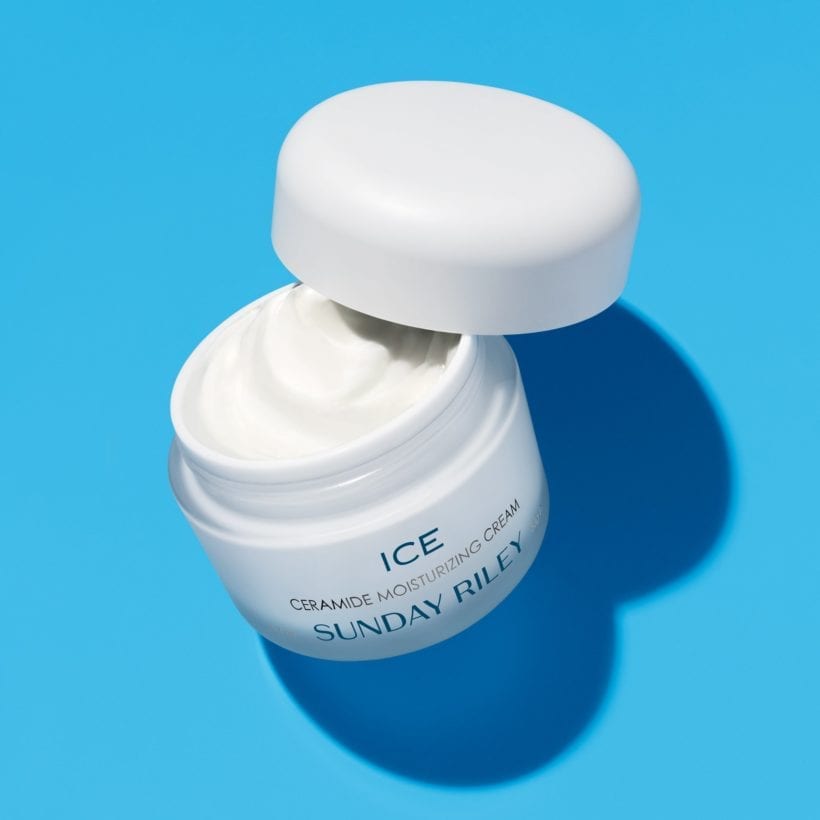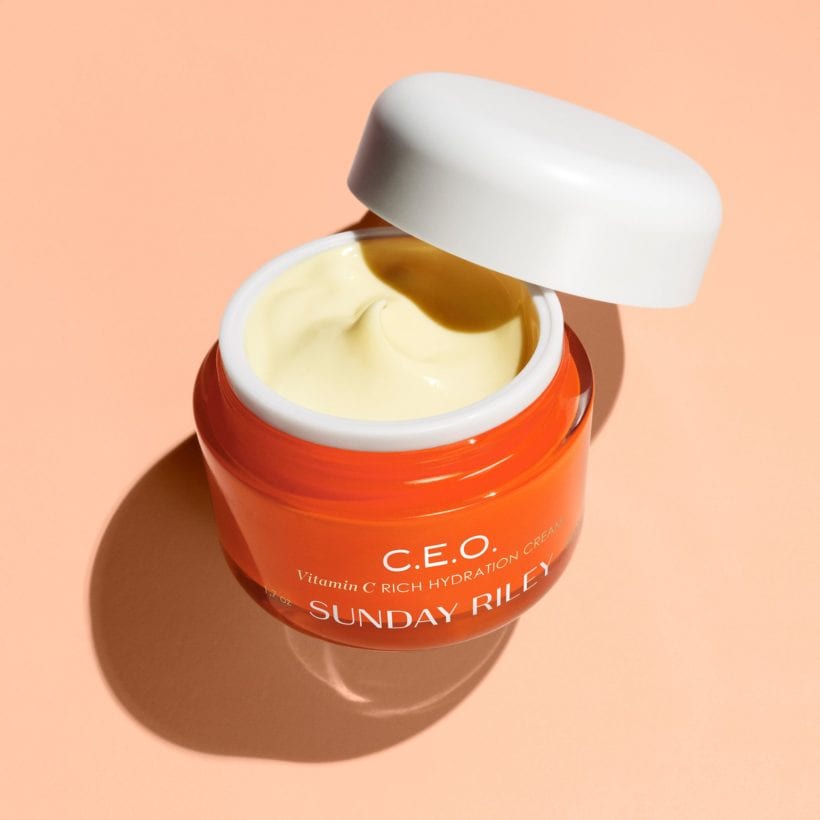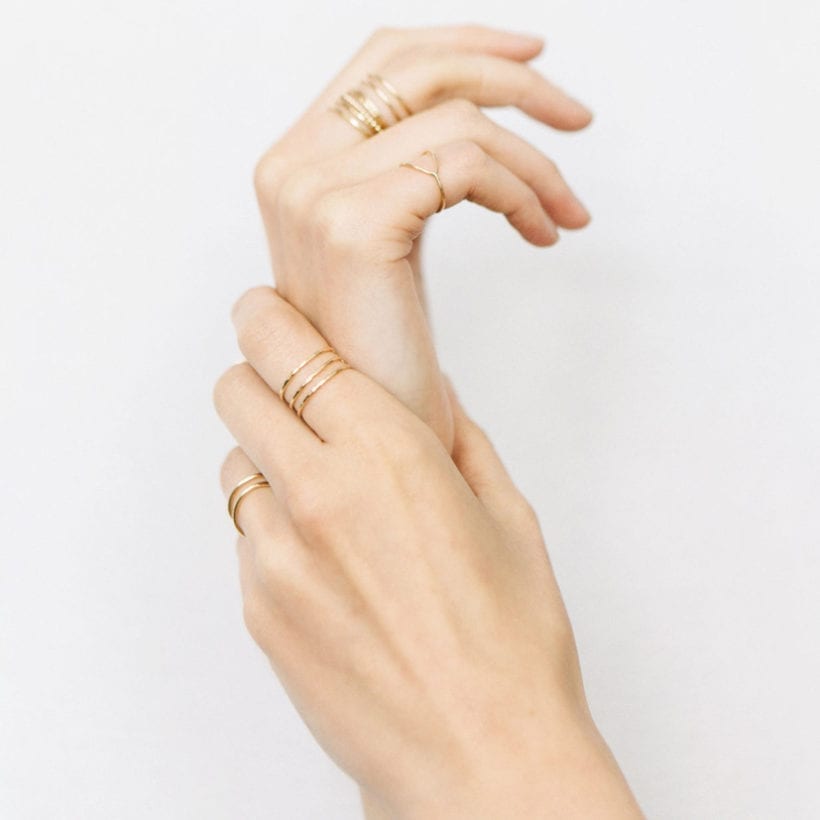We do everything in our power to stave off the effects of aging. We wear sunscreen. We apply retinol at night. We exfoliate regularly to impart a healthy glow. Some of us even partake in in-office treatments to hinder the development of fine lines and wrinkles. But could something so harmless as using a single ingredient that registers as negligible or, worse yet, severely irritating be doing more harm than good? And what if you’re not even aware of the potential risk an irritant provides? Could that single ingredient or product be the reason for premature aging? You bet it can.
The idea of ‘if it really burns (we are talking more than a healthy little tingle or feeling some prickly heat), it’s working’ should not hold weight in well-devised skincare and anti-aging routines. Some ingredients can easily inflame and irritate the skin and cause sensitivities that lead to premature aging as they strip the skin barrier and throw the skin’s pH levels out of whack. Conversely, repeatedly treating the skin with irritating ingredients and products can speed up aging.
Meet the Experts
Dr. Jessica Wright is the owner and medical director of Rejuvenate Austin.
Dr. Michelle Koo is a board-certified plastic surgeon.
Cassandra Bankson is a skincare expert and medical aesthetician.
Paul Jarrod Frank is a celebrity cosmetic dermatologist and the author of The Pro-Aging Playbook.
Are you unknowingly aging your skin?
It seems counterintuitive that skincare products, marketed as good for the skin, are loaded with irritants that can wreak major havoc and instigate premature aging. However, your body identifies irritating ingredients as an offending agent, says Dr. Jessica Wright, owner and medical director of Rejuvenate Austin. “The immune system is triggered to remove the offending agent, but chronic exposure to the agent triggers the immune system and keeps it like that. The result is an increase in the free radical formation and oxidative stress, which damages collagen, elastin, DNA, and other structures,” she says.

When said irritation turns into inflammation, it can break down the outer barrier leading to moisture loss and decreased cellular function, says Dr. Michelle Koo, a board-certified plastic surgeon. “The disruption slows down cell turnover and collagen and skin matrix production, resulting in thinner, more flaccid skin, and uneven pigmentation,” she adds. Plus, the more damage the skin boasts, the more aged it appears when it’s dry and inflamed.
A new and rather popular age-related buzzword is inflammaging, which is essentially aging due to inflammation.
It’s vital to delineate between an ingredient that unsafely inflames and damages the skin and something — namely a professional skin resurfacing treatment — that creates a safe level of inflammation to prompt healthy wound healing. “Take, for example, something like a professional chemical peel or microneedling, both of which help stimulate new skin, improve collagen production, and create bouncy texture,” says skincare expert and medical aesthetician Cassandra Bankson. Yet, understanding the role that inflammation plays in this sort of setting versus straight-up irritation is not the same. Bankston explains that controlled inflammation (as with a professional treatment) recruits the body’s cells, specifically immune cells, to bring nutrients to the area to heal it in a targeted control way. On the other hand, unsolicited inflammation that results from general and chronic irritation is damaging and can result in redness, dryness, itching, and skin flaking. “In addition, using harsh products can cause UV ray damage and cause the skin to constantly be in a state of an inflammatory response resulting in damage over time, premature lines and wrinkles, collagen degradation and scarring, dullness, and redness,” she says.
We all have different skin types and different thresholds when it comes to what we use topically. Likewise, not everyone has the same response to every skincare ingredient or product. Some skin types are more reactive than others, but burning and stinging are, according to Dr. Wright, strong indications that you are allowing something very active or not pH-balanced to gain access deep within the skin. Extreme burning that persists (again, not a slight tingle or tinge of heat or prickliness) can create inflammation in the skin, leading to other skin-related issues.
The lowdown on irritants
Anything can technically be an irritant, but most ingredients aren’t classified as one unless it causes an adverse reaction in the skin. Common irritants fall under the umbrella of being either a fragrance, preservative, or harsh ingredient.

- Fragrances: Sure, added scents evoke memories and make products smell delectably good, but even though they are considered safe, the fragrance is perhaps one of the largest — if not the most significant — causes of skin irritation. Bankson shares that although most ingredient labels list fragrances, unfortunately, they can contain a blend of many different things that can irritate some people. “Data suggests that less than five percent of people are allergic to them, but if your skin is easily irritated or you have rosacea, keep an eye out for fragrances,” she says.
- Preservatives and formaldehyde: According to Dr. Koo, formaldehyde is a terrible skin irritant, but others are detrimental to the skin, too. “Parabens, imidazolidinyl urea, Quaternium-15, DMDM hydantoin, phenoxyethanol, and methylchloroisothiazolinone are common irritants found in skincare with preservatives,” she says. If these ingredients irritate your skin, opt for preservative-free options.
- Exfoliants: Of course, exfoliating is a critical step in healthy skin, but some exfoliating agents can do more harm than good and lead to irritation with irrepressible effects. Paul Jarrod Frank, a celebrity cosmetic dermatologist and the author of The Pro-Aging Playbook, says aggressive scrubs and products that contain alcohol and harsh acids that aren’t right for your skin can dehydrate it, which leads to premature aging. “Products that are too strong can weaken the skin barrier and lead to a breakdown of collagen,” he says. “It is important to remember that some acids can slightly tingle or leave a little burning or stinging when applied, and that doesn’t mean that it’s wrong for your skin — anything intolerable or burning that lasts after rinsing is too strong,” Dr. Frank advises. With chemical burns, the superficial layer of skin can become red, irritated and, dehydrated, leaving the skin looking aged.
- Overusing products: The 10-step skincare routine is being dialed back as more and more people find solace in a streamlined approach to healthy skin that focuses just on what their skin needs sans the fluff. Bankston shares that the overuse of unnecessary products can lead to unbalanced skin. “The perfect skincare routine works for your specific conditions and needs and allows your skin to function properly, giving it a helping hand, not trying to nuke and rebuild a skin’s barrier through products alone,” she says.
“If you are someone who loves products and wants to use a 16-step routine, more power to you,” she says. “Just be aware of how those ingredients work together and impact the skin barrier. The goal is to allow our skin to do what it does best and give it a helping hand, not overwhelm it.”
The inflamming factor
A new and rather popular age-related buzzword is inflammaging, which is essentially aging due to inflammation. “The core of aging is inflammation, and this is true inside and out,” says Dr. Wright. “Irritants, which can cause rashes, redness, dryness, and peeling, increase inflammation and then aging within the skin.” However, when skin is in a constant state of irritation, the rate at which it ages through the immune reaction to the irritant increases. “Factors that protect us run amuck and damage collagen and elastin,” she says.

Not all inflammation is harmful. But uncontrolled chronic inflammation is highly damaging and one of the fastest ways to degrade the skin’s health. “That’s why it’s important to keep an eye on intrinsic, internal factors such as diet, nutrition, and sleep, and external factors, such as pollution, sun exposure, and products to support the skin and body,” Bankston adds, especially in those with sensitive skin.
When irritation leads to chronic inflammation, contact dermatitis occurs (an allergic reaction), says Dr. Koo. “Inflammation can set off an entire cytokine reaction that ages skin. Plus, poorly moisturized skin lacks a healthy ceramide layer, so it is more susceptible to pollution and sun damage.” Therefore, any time the skin experiences stripping or is in an irritated, inflamed state, it’s more likely to become vulnerable and susceptible to premature aging.
Also, inflamed skin isn’t well equipped to repair itself, and as Dr. Frank explains, if it does try to repair the damage, it is often ineffective, which leads to a further weakened barrier and a breakdown of collagen. “When inflammation causes damage that places stress on the skin cells, there is an accelerated breakdown of both elastin and collagen, which can also age the skin,” he says.
“In our 20s, the skin has a robust, healthy ceramide layer for protection and warding off environmental toxins, including UV damage,” says Dr. Koo. “Hence in your 20s, you can party and suntan like a rock star and see no damage, but that damage, unfortunately, shows up in the 40s,” she explains. Hence, a preventative and proactive approach to skincare and health is always best rather than repairing the damage once it is too late.
We only recommend products we have independently researched, tested, and loved. If you purchase a product found through our links, Sunday Edit may earn an affiliate commission.










